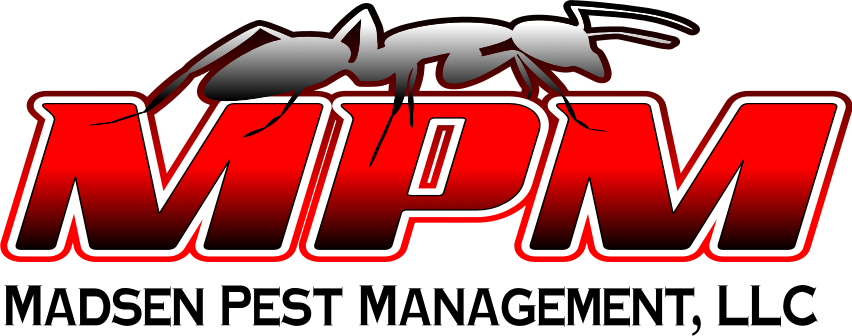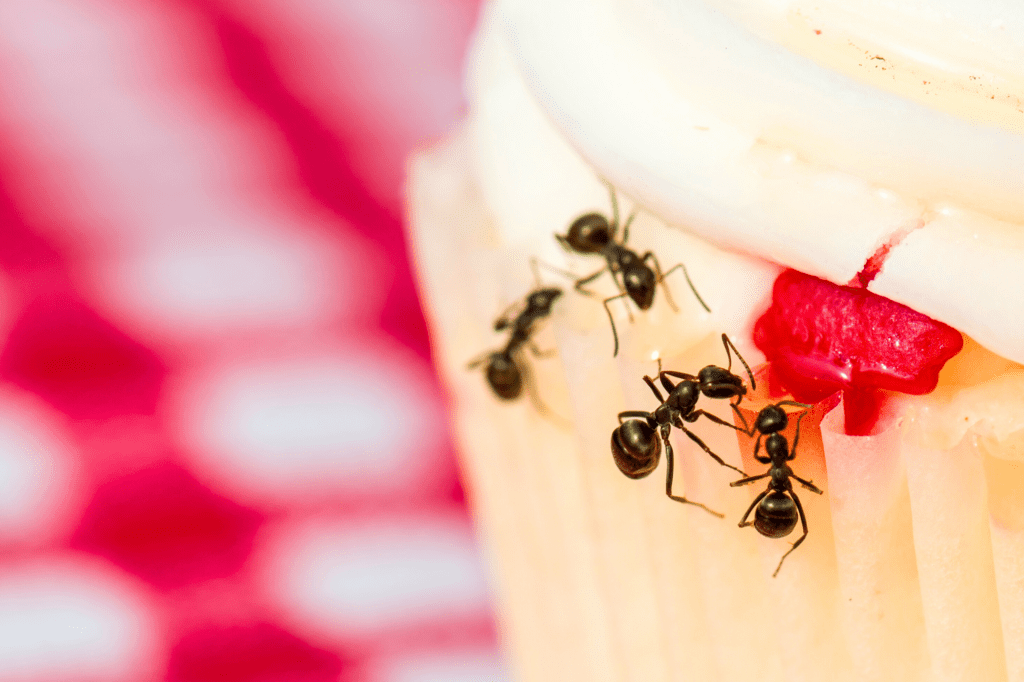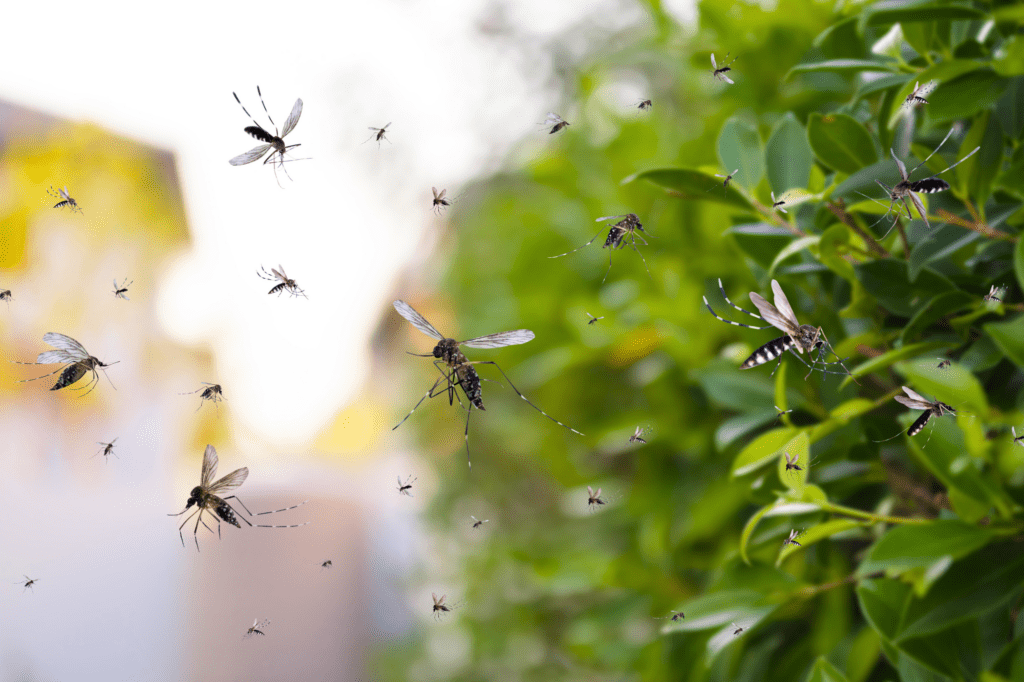A relaxing night at home can quickly change when noticing a rodent in your home for the first time. If you are dealing with a first-time rodent issue, you probably have a lot of questions, and luckily, we have answers! We also believe that you shouldn’t have to wait until our appointment to be informed about the severity of your infestation, so we’ve put together a self-inspection guide below to help you identify potential issues immediately.
*For optimal protection, please use sterile gloves if performing your own inspection.
Investigate for Rodent Activity
Look for signs of fecal pellets, tracks, gnawing damage, un-identifiable odors, and urine stains.
How are your pets behaving? Do they seem mysteriously preoccupied?
- Fecal pellets for rats can be ½” to ¾” long, while mouse fecal pellets will be close to ¼”.
- Tracks from footprints and tail drags can be easily identifiable is an area with a small amount of dust coverage.
- Gnawing damage can be found on the corners of furniture, studs, door and window flashing, and door corners.
- Rodent urine stains are easily identifiable under a UV blacklight. Urine spots will have a very musky scent.
Entry Points and Nesting
You may also want to know where the rodents are entering your house from and find the nest(s) to understand the severity of the infestation. The two most important things you will want to look for are burrows and runways.
Burrows
- Common burrow points for rats are along your foundation, walls, beneath shrubbery and debris, wood piles, brush piles, vines, and trees.
- Evidence of a burrowed entry should look smooth and compacted. Sometimes there will be fresh, loose dirt kicked out right around the burrow.
- To see if a burrow is active, stuff some loose paper somewhat gently in the burrow. If the paper is removed when you check on it the next day, the burrow is active.
- Mice will burrow through cracks in the foundation, beneath expansion joints, or near support pillars.
Runways
- Rat runways or “paths” can be found around dense vegetation. These paths are very narrow and inconspicuous.
- Indoors, mice and rats will use walls as guiding points. If you see unidentifiable, clear, greasy spots on the bottom of your walls you may have just identified the indoor runway.
Nests
- Outdoor rodent nests are commonly found in vegetation, tree cavities, clutter, under garage foundations and rock caverns.
- Indoor nesting points can be found in lofts, attics, drawers, wall and cabinet voids, false ceilings, refrigerator motor compartments, and garage clutter.
Use the chart from your inspection to let us know the type of rodent you may be dealing with and amount/size of nests. When we arrive, you can share with us the entry points you’ve found. We will also perform an inspection to make sure no bases are left uncovered!
Ultimately, rodents are looking for a food source. But in Wisconsin, they may also be looking for a warm place to nest. Either way, all rodents are very unsanitary and if your inspection shows signs of an infestation, you may want to schedule an appointment with us right away. (715) 791–4777
Related Posts
PEST-FREE PICNIC TIPS FOR SUMMER OUTDOOR FUN
Ah, summer! Sunshine, picnics, and… uninvited creepy crawlies? Don’t let those unwanted guests crash your outdoor fun! This blog is here to swat away those pests that try to invade your space and make sure your next picnic is a delightful, pest-free paradise. First things first: food management is key. Think of yourself as a…
THE BUZZ ABOUT SPRINGTIME PESTS
Spring is a season of renewal, fresh starts, and vibrant life emerging from winter’s slumber. As the days grow warmer and longer, gardens begin to flourish and wildlife reawakens. But as much as we celebrate the beauty of the season, there’s another kind of buzz in the air we must be aware of — the…




